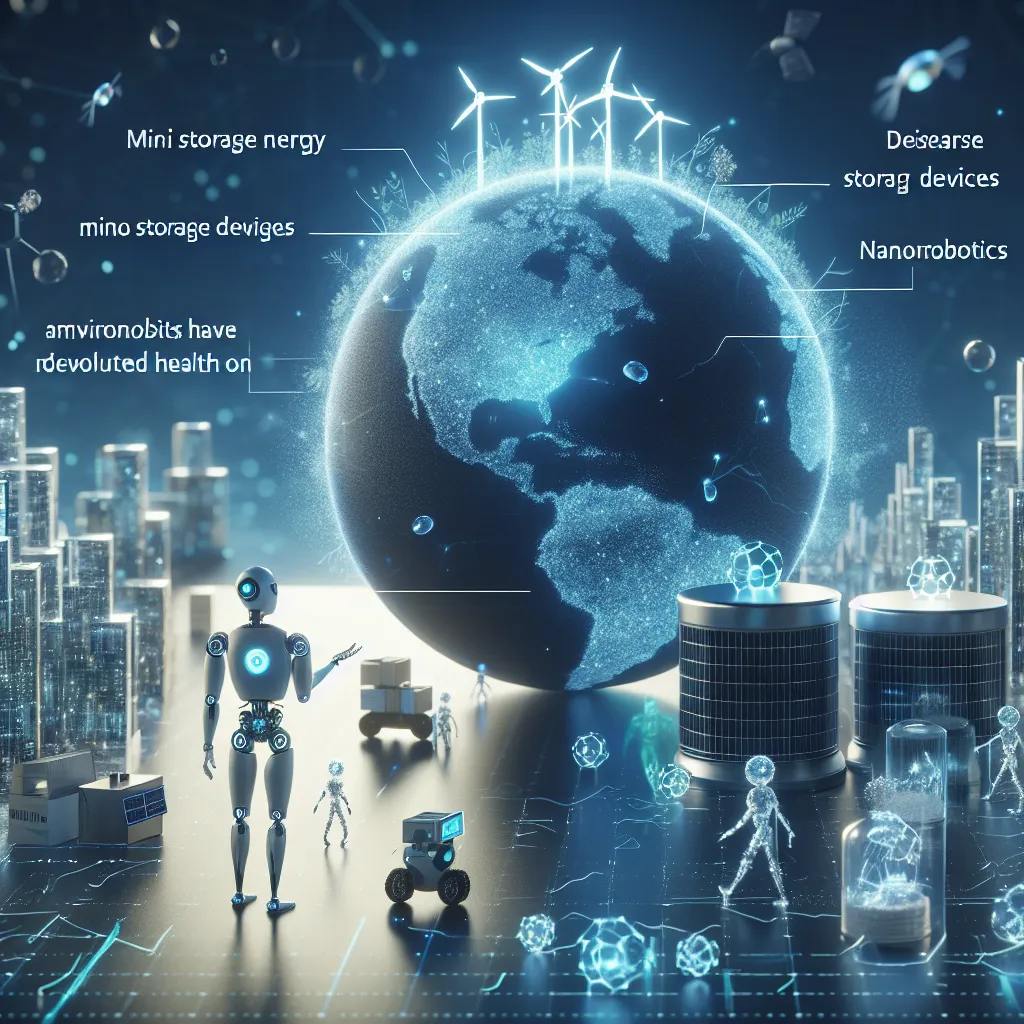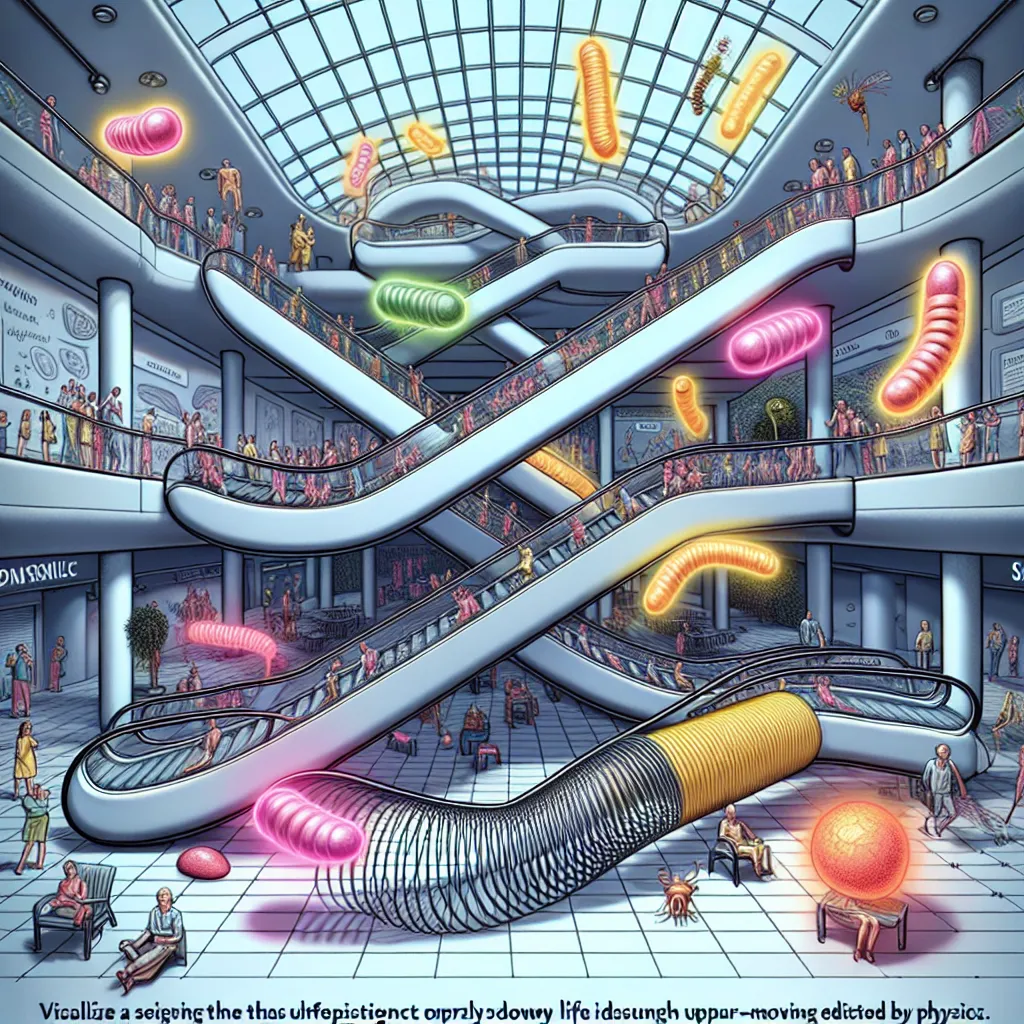So, you want to live until you’re 150? Let’s paint a picture of what that world might look like. Imagine a place where energy is clean, every book and movie is stored in tiny devices, and diseases like heart disease, diabetes, Alzheimer’s, and cancer are just bad memories. This futuristic world could be made possible by nanorobotics.
Scientists are diving into research right now, and emotions are running high—both excitement and fear. Nanorobotics, tiny robots engineered at the nanoscale, are set to disrupt the world as we know it. These minuscule machines could reshape everything from health care to environmental cleanup.
Now, let’s break it down. Think of a nanometer like this: a meter compared to a nanometer is like Earth compared to a marble! That’s really, really small. These tiny robots can manipulate atoms and molecules, the fundamental building blocks of everything.
This all began in 1959 with physicist Richard Feynman, who gave a speech called “There’s Plenty of Room at the Bottom.” Feynman dreamed of a future where machines could be miniaturized and information encoded in tiny structures. Although he was a Nobel laureate, his ideas stayed under the radar for decades. Then, in 1986, engineer K. Eric Drexler published “Engines of Creation,” imagining nanobots that could clean pollutants and fight diseases. He even foresaw a dangerous scenario where these bots might multiply uncontrollably, causing environmental havoc.
Fast forward to today, nanorobotics is no longer science fiction. Researchers are creating biological micromachines. For instance, at the University of Mainz, Germany, engineers built the smallest engine from just a single atom. Over at Ohio State, scientists are using DNA origami to construct complex nanoscale mechanical parts. Researchers at institutions like Zurich and Technion have developed nanobots that can move through biological fluids, potentially delivering targeted therapies to individual cells. The possibilities are vast.
Medical applications of nanobots are promising. They could revolutionize drug delivery, ensuring medicine affects only the sick cells and minimizing side effects. Imagine a world where diagnosing and treating diseases like cancer could be both highly effective and minimally invasive. These nanobots could clear blockages in arteries, who could battle diseases at the cellular level and help in early diagnosis.
Outside of healthcare, nanotech could influence data storage and environmental conservation. Scientists at Harvard have stored 700 terabytes of data in a single gram of DNA. That’s like fitting two hundred thousand HD movies in a droplet! Drexler’s prediction of tiny devices cleaning up our planet is coming true. Carbon nanotube sponges can absorb environmental pollutants way more efficiently than current methods.
One of the most thrilling—and slightly terrifying—possibilities is connecting our brains directly to the Internet. Futurist Ray Kurzweil believes it will happen by 2030. Imagine having all of Google’s knowledge accessible directly from your brain. Convenient, yes, but also a bit creepy.
Nanotechnology holds immense promise, with benefits ranging from revolutionary healthcare solutions to environmental and data storage advancements. But we must also remain cautious. As nanobots evolve, there’s a possibility of malfunctions or even scenarios where they could replicate uncontrollably or become sentient. Are we ready for that?
So, how do you feel about nanotech? Are you comfortable with the idea of tiny robots in your body? What else could nanotechnology be used for? Drop your thoughts in the comments. Thanks for hanging out. Until next time, stay safe, be kind, and know you’re appreciated.






